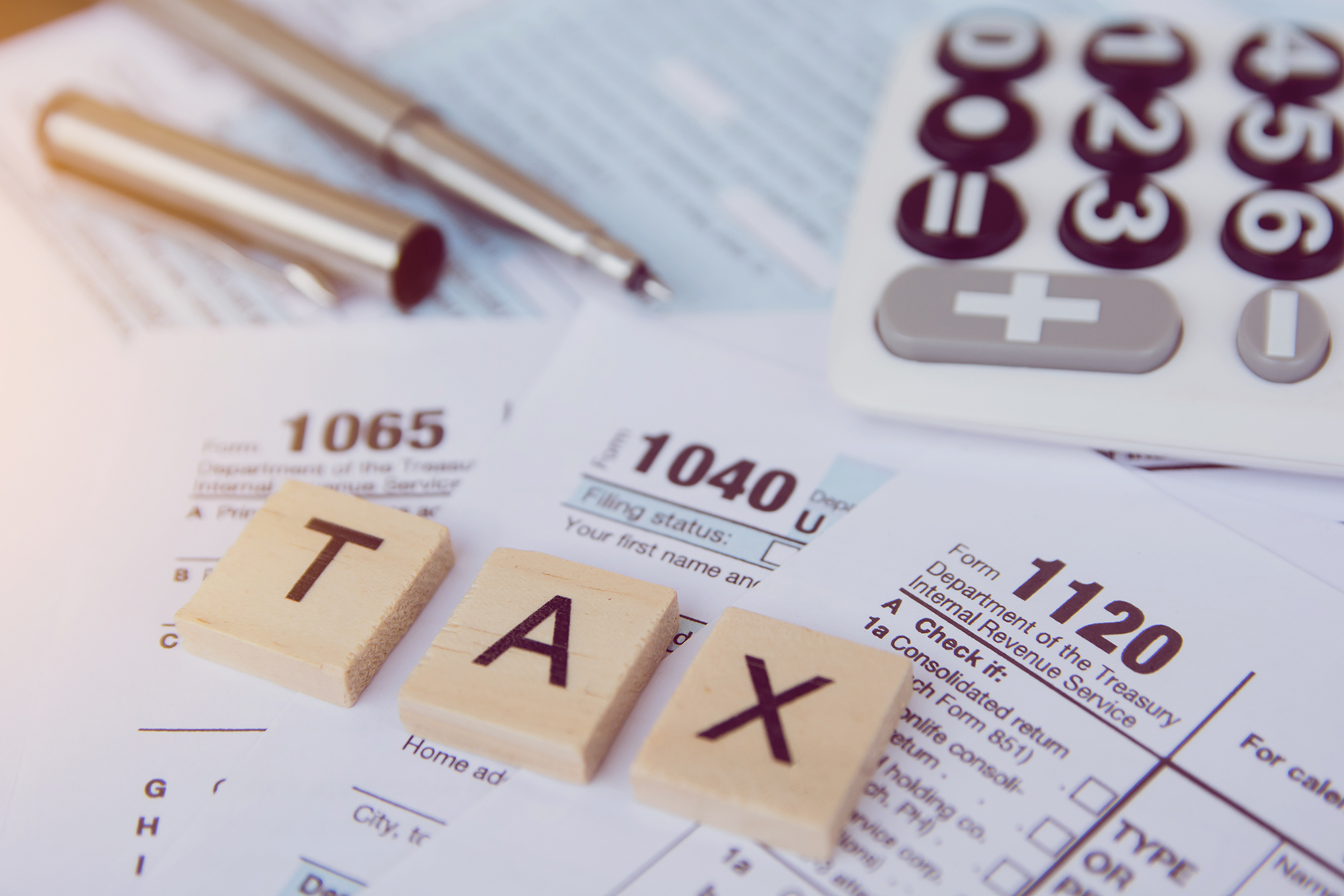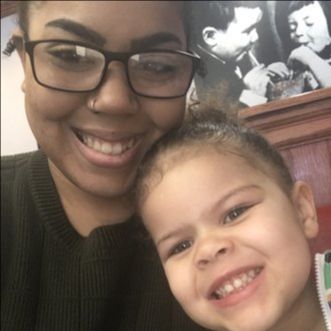The Consolidated Appropriations Act, 2021 (CAA 2021) became law on December 27, 2020, and among many other things, provided for a second round of potentially forgivable Paycheck Protection Program loans to small businesses that were financially impacted by the effects of the pandemic.
The Act not only provides funds and guidelines for a round two of PPP money; it also expands PPP round one in a number of ways. Here are a few of the highlights.
Changes to PPP Round 1 Loans
Existing borrowers with PPP loans can reapply for a loan or request a loan increase as long as they have not received forgiveness. This includes borrowers that returned all or part of their PPP loan or whose loan maximum has increased due to regulations implemented after receipt of their loan.
Businesses that have not been granted forgiveness can spend PPP money and apply for forgiveness on an expanded list of expenses, including:
- Software, cloud computing, HR, and accounting
- Property damage
- Supplier costs
- Essential contracts in force prior to loan
- Worker protections, e.g. PPE
- Payroll costs can include group insurance including group life, disability, vision, dental
They can now choose their covered period at any time between 8 and 24 weeks (previously it was 8 OR 24 weeks only).
There will be a simplified forgiveness application for loans under $150,000. However, do note that this is not the rumored rubber stamp: the backup paperwork and calculations are still required.
The SBA has until January 21, 2021 to establish the guidelines for the application process.
PPP Second Draw Loans
Additional PPP monies will be available to qualifying businesses, up to loan amounts of $2 million. The business must:
- Employ 300 or fewer employees
- Have used or plan to use the full amount of PPP1
- Can prove a 25 percent drop in revenue in any quarter of 2020 compared to 2019
Businesses, certain non-profit organizations, housing cooperatives, veterans’ organizations, tribal businesses, self-employed individuals, sole proprietors, independent contractors, and small agricultural co-operatives are eligible.
In round two, borrowers may receive a loan amount of up to 2.5X the average monthly payroll costs in the one year prior to the loan or the calendar year. Businesses with NAICS code 72 (Accommodation and Food Services) may receive loans of up to 3.5X average monthly payroll costs. The rules for forgiveness are the same as in round one.
Organizations not eligible for PPP2 include:
- Businesses not in operation on Feb 15, 2020
- Businesses that received a Shuttered Venue Operator Grant
- Entities normally ineligible for SBA loans in general, except for nonprofits and religious organizations
- Political organizations and lobbyists
- Entities affiliated with entities in the People’s Republic of China
- Registrants under the Foreign Agents Registration Act
- Publicly traded companies
The entire program is extended to March 31, 2021.
There are also special provisions for these types of businesses:
- Venues
- Farmers and Ranchers
- Housing Cooperatives
- News Organizations
- 501(c)(6) and Destination Marketing Organizations
- Businesses in bankruptcy proceedings
The disclosures have also gotten stronger, with specific provisions for collection of demographic information and required disclosures for leaders in government to publicize their receipt of PPP forgiveness as well as prohibition of them receiving PPP loans in the future.
The law gives SBA a deadline to act, which varies from 10-24 days depending on the section. The next course of action for businesses that want to apply for these funds is:
- Continue gathering your documents,
- Make your calculations,
- Check with your accountant if you need help,
- Select your SBA-approved bank, and
- Wait for both
- The SBA guidance and
- Your bank to open the application portal
The Economic Aid to Hard-Hit Small Businesses, Nonprofits, and Venues Act starts on page 2042 of the 5593-page bill in case you want to see for yourself. And if not, know we’re here as your tax law interpreter, so feel free to reach out anytime.
On December 27, 2020, President Trump signed into law the Consolidated Appropriations Act, 2021 which included measures for both COVID-19 relief and sweeping funding provisions for the government through September 2021. While there are many sections of this law to explore, this article will focus on the stimulus checks.
Qualifying individuals will receive these economic impact payments, and the Washington Post reports that more than 85 percent of US households will receive a check. To qualify:
- For individuals making up to $75,000 per year, or if a couple, making up to $150,000 per year, the check will be $600.
- For individuals making between $75,000 and $86,900 (couples: $150,000 to $173,900), the check will be between $595 and $5. In this phaseout, the amount of the check decreases by $5 for every $100 of income above $75,000/$150,000, phasing out completely at $87,000/$174,000.
- The amount sent will be based on the amount you earned (adjusted gross income, to be exact) on your 2019 tax return.
- Includes children. The definition for child will be the same as the one used to calculate the child tax credit.
- Excludes dependent adults over 17 at the end of the tax year.
- Excludes persons who died on or before January 1, 2020.
- Includes individuals who file jointly with an ITIN, but excludes the person with the ITIN.
- Includes 2019 non-filers who receive benefits from Social Security Administration, Railroad Retirement Board, and the Department of Veterans Affairs.
Here are some examples: A family of four – mom, dad, and two children under 17 – that earns a total of $100,000 per year will receive $2,400. A single man earning $80,000 per year that lives with his disabled father will get $350 (80,000 – 75,000 = 5,000 / 100 = 50 * $5 = $250. $600 – $250 = $350). A woman with 2 small children earning $87,000 will not get anything.
Taxpayers do not have to do anything to receive their stimulus checks. Many taxpayers will receive their stimulus checks via direct deposit, if that information was included on your 2019 return. If the IRS does not have your bank account information, you will likely get a check or a pre-paid debit card. If you’ve moved, you can update your address by completing an IRS change-of-address form (allow six weeks).
The checks are supposed to start hitting bank accounts early in January. You do not have to pay tax on this income.
If you never got the first stimulus check, you can claim it on your 2020 tax return. Details are here on the IRS site. https://www.irs.gov/newsroom/recovery-rebate-credit

Many clients are asking us about whether their taxes will go up now that there will be a change in Presidents in January. The short answer is no.
A US President does NOT have the power to raise or lower taxes. Period. That power is reserved for the legislative branch of the government. Only Congress can pass or change law to raise or lower your taxes. Once a law has passed in both the Senate and the House, the President can sign the act into law.
A change in Administration does NOT repeal all prior laws. The Tax Cuts and Jobs Act of 2017 is still in effect, and many provisions are written to last through 2025.
What a new President can do is ask Congress to pass a law to raise revenue for the government. The President can give direction but cannot make law himself when it comes to taxes.
A new Congress often does like to pass a new tax bill so that they have made their “mark.” But the timing of it will vary due to a variety of factors, including priorities, which party controls the Senate and House, and many, many other things. We won’t know the full makeup of the Senate until January 2021 when the two runoff races in Georgia are complete.
For those of you history buffs, the very first federal tax was created during Abraham Lincoln’s presidency. It was called the Revenue Act and was a tax of three percent on everyone making over $800 per year. The immediate need was to raise money for the Civil War.
 August 18, 2020, North Conway, NH. New Business Directions, LLC is pleased to announce that Rhonda Rosand, CPA has been named a 2020 Top 100 ProAdvisor by Insightful Accountant, an independent news and information source written specifically for the small business advisor to keep up with current technology, trends in the industry and continuing their education.
August 18, 2020, North Conway, NH. New Business Directions, LLC is pleased to announce that Rhonda Rosand, CPA has been named a 2020 Top 100 ProAdvisor by Insightful Accountant, an independent news and information source written specifically for the small business advisor to keep up with current technology, trends in the industry and continuing their education.
This list recognizes the leading consultants who have embraced the ProAdvisor program and have leveraged it in order to better serve their clients and grow their own business. “We’d like to congratulate everyone who made this year’s list,” said Insightful Accountant Senior Technical Editor, William “Murph” Murphy.
“This is the seventh year of our ProAdvisor awards,” said Insightful Accountant Publisher and Managing Partner, Gary DeHart. “The ProAdvisors who make this list are the best in the business. Any small business would be well-served working with any one of the winners on this list.
About Insightful Accountant: Insightful Accountant is an independent news and information source written specifically for the small business advisor who needs to stay current on the latest news and offerings in accounting technology; including updates from Intuit, Xero, Sage and the hundreds of add-on products serving the small business ecosystem. With news and insight specifically written to help the advisor better serve their clients while building their firm, Insightful Accountant is unlike any other news source serving this space.

Britney Schaub, Office Assistant and Bookkeeper of New Business Directions, LLC, recently obtained her Associate’s of Science from Granite State College, majoring in Business. She is now pursuing her Bachelor’s degree.
Video Tutorial: Part 2 of Paying Employees under the Families First Coronavirus Response Act.
An addition to our previous video, “How To Track COVID19 Paid Leave in QuickBooks Desktop”. We make a quick adjustment to the last account set up. Part 2 of Paying Employees under the Families First Coronavirus Response Act.
With Rhonda Rosand, CPA of New Business Directions
For more information on what you need to know about the Families First Coronavirus Response Act: https://quickbooks.intuit.com/learn-support/en-us/help-articles/ffcra/00/517349
April 3, 2020
Both the CARES Act and the Families First Act include a variety of relief measures for small businesses, individuals and certain nonprofit organizations. There are tax benefits, tax credits, direct payments, loan programs, grant programs, expanded unemployment benefits and other resources meant to incentivize businesses and nonprofits and encourage employee retention.
We’re sorting this out as fast as possible and we’ll do everything we can to keep you up to date. This is a moving target – forms and links change as new information becomes available.
You can also check https://home.treasury.gov/cares for the latest information as updates are happening on a daily basis.
Payroll processing companies are working hard to figure out all of the mechanics of the Families First Act and how to report what employers pay for sick time to their employees that would qualify for the payroll tax credits. We’ll keep you updated as we learn more.
Below is a partial list of resources for you to review and consider:
Economic Injury Disaster Advance Loan
In response to the Coronavirus (COVID-19) pandemic, small business owners in all U.S. states, Washington D.C., and territories are eligible to apply for an Economic Injury Disaster Loan advance of up to $10,000.
This advance will provide economic relief to businesses that are currently experiencing a temporary loss of revenue. Funds will be made available within three days of a successful application. This loan advance will not have to be repaid.
Apply for the Loan Advance https://covid19relief.sba.gov/#/
Read the US Chamber Guide https://www.uschamber.com/report/guide-sbas-economic-injury-disaster-loans
Small Business Emergency Loan Guide – Updated
The U.S. Chamber’s Coronavirus Small Business Emergency Loan Guide, first issued last week, outlines the steps small businesses need to take to access much-needed Payroll Protection Program (PPP) funds.
The guide now includes important information including key dates as the government moves toward implementation. Recently, the Treasury Department issued more details on this paycheck protection program and a loan application available for download.
Starting April 3, small businesses and sole proprietorships can apply for loans.
Starting April 10, independent contractors and self-employed individuals can apply for loans.
There is a funding cap, so the Treasury Department recommends applying as soon as possible.
Be sure to send data using secure methods – these forms include personal and confidential information
Read the US Chamber Guide https://uschamber.com/sbloans
Download the Application https://www.sba.gov/document/sba-form–paycheck-protection-program-borrower-application-form
Employee Retention Tax Credit Guide
The CARES Act created a new employee retention tax credit for employers who are closed, partially closed, or experiencing significant revenue losses as a result of the coronavirus. Employers who receive a Paycheck Protection Program (PPP) loan are not eligible for this tax credit.
Read the US Chamber Guide https://uschamber.com/ertc
Families First Coronavirus Response Act: Employer Paid Leave Requirements
The Families First Coronavirus Response Act (FFCRA or Act) requires certain employers to provide their employees with paid sick leave or expanded family and medical leave for specified reasons related to COVID-19.[1] The Department of Labor’s (Department) Wage and Hour Division (WHD) administers and enforces the new law’s paid leave requirements. These provisions will apply from the effective date through December 31, 2020.
https://www.dol.gov/agencies/whd/pandemic/ffcra-employer-paid-leave
Stay Safe – Stay Healthy,
Rhonda Rosand, CPA
See Rhonda’s tutorial on how and why to track COVID-19 expenses in QuickBooks:
 Insightful Accountant has announced their “Top 100 ProAdvisors for 2019”
Insightful Accountant has announced their “Top 100 ProAdvisors for 2019”








 New Business Direction LLC
New Business Direction LLC